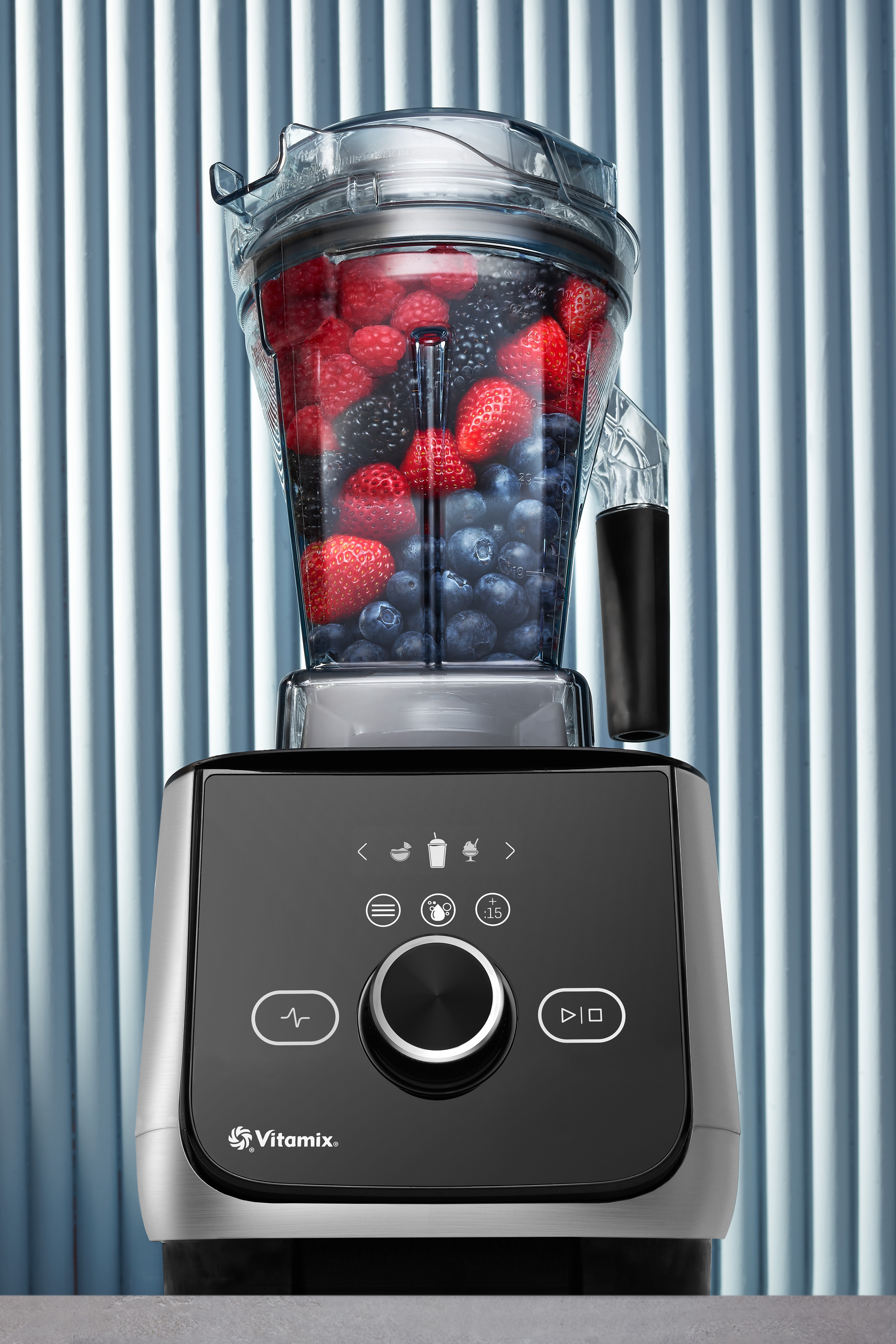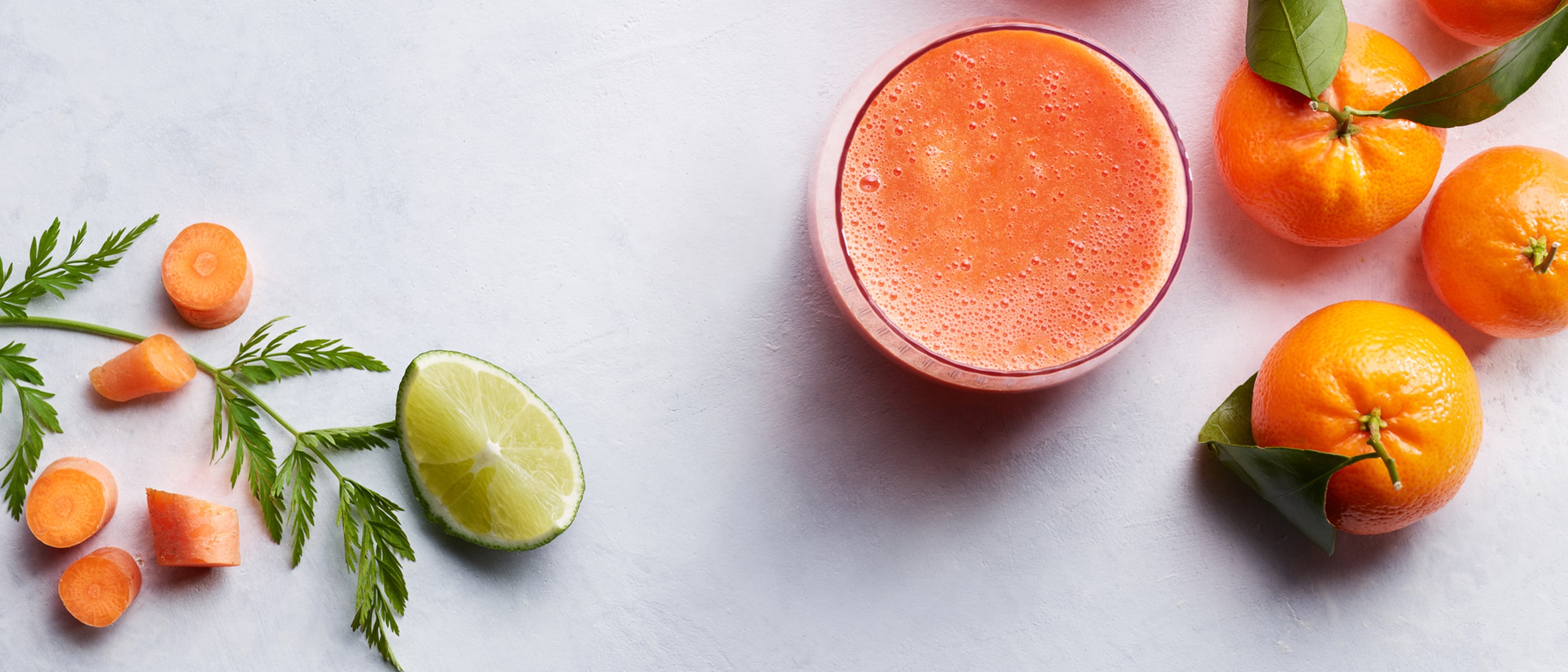While everyone learns from a young age to “eat your fruits and vegetables" there is one thing you may be doing in the kitchen that could drastically decrease their nutrition potential.
Do you peel your cucumbers before eating them, skin your carrots, or only eat the “meat” of a potato? It turns out that the peel and skin of both fruits and veggies house an incredible amount of vitamins, minerals, and antioxidants. They can also hold up to 50% of the fruit or veggie’s total fiber. Of course, exact amounts of these nutrients vary by food and even by varietal (think Gala versus Granny Smith apples).
Here are some examples:
- Sweet potatoes with the skin have significantly more fiber, potassium, and vitamins A and C.
- Apples have as much fiber on the outside as they do on the inside. Eat a whole apple and get twice as much fiber.
- You’ll get twice as much calcium, fiber, and vitamins A and C when you eat a whole orange.
I know what you’re thinking, sweet potato skins, ok. Apple peels, sure. But oranges? No thanks! And you’re not alone. Many people discard skins and peels for three main reasons. The first is preference. Some skins and peels, while edible, may not be enjoyable, like orange or even banana peels. And then there is tradition. Did your mom always peel your apples at snack time?
From a safety standpoint, here is a sampling of peels and skins you can eat. And remember, some of them may be tough or bitter so consider cooking, zesting, or blending.
- Grapes
- Cherries
- Peppers
- Plums
- Berries
- Pears
- Peaches
- Apples
- Tomatoes
- Carrots
- Peas
- Kiwis
- Cucumbers
- Eggplants
- Potatoes
- Sweet Potatoes
- Citrus
- Zucchini/Squash
- Pumpkins
- Watermelon
- Bananas
And here are some peels and skins you should not eat as they are too tough to chew or just inedible (body cannot digest them).
- Pineapple
- Papaya
- Mango
- Cantaloupe
- Honeydew
- Lychee
- Avocado
- Garlic
- Onion
The last reason people avoid skins and peels is because they want to reduce exposure to pesticides, often leaning on the now infamous “Dirty Dozen List.” But did you know that pesticides can be found on both organic and conventionally grown fruits and vegetables? That being said, the amount of pesticides used is tightly regulated and monitored. In fact, recent USDA and FDA reports show that both organic and conventional food is safe to eat. According to these reports:
42.5% of the samples tested had no detectable pesticide residue, and nearly 99% of the samples tested had residues below the tolerances established by the EPA.
Rest assured, if it’s on the “you can eat” list, it’s safe to eat. Just make sure you wash first!
Related Articles

Tips for Making Refreshing Fruit Smoothies
Stay hydrated this summer with these water-packed smoothie recipes.

Vegetables and Herbs: How to Buy, Prepare, Store and Cook
Here are a few quick tips on how to buy, prepare, store and cook with fresh vegetables and herbs.

Tips for Choosing the Best Produce
Here's what Chef Pailin Chongchitnant looks for when selecting a few Thai staples



